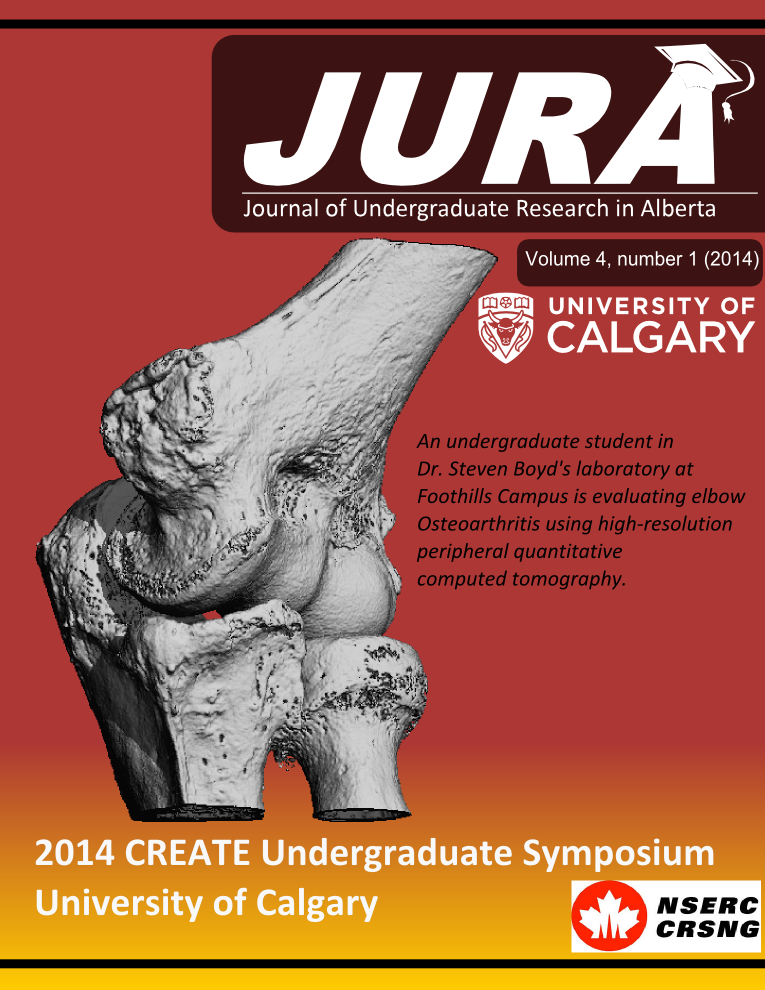TOWARD A MECHANICAL MARKER OF OSTEOARTHRITIS
Abstract
INTRODUCTION
Anterior cruciate ligament (ACL) rupture increases an individual’s risk of developing tibiofemoral (TF) osteoarthritis (OA)[1]. Clinical radiographic assessment of OA is insensitive to early changes in TF soft tissue and currently there are no disease modifying treatments available. Given the negative implications of OA on quality of life[2], and large economic impact on the healthcare system[3] new methods for detecting pre-radiographic OA are needed. In vivo TF soft tissue compressive stiffness may be an ideal disease marker. It reflects the dynamic joint response to loading, which has been shown in vitro to deteriorate with OA. The aim of this investigation was to determine the change in TF proximity during loading and estimate in vivo TF compressive stiffness for healthy and ACL deficient (ACLD) subjects. The hypothesis was that ACLD subjects have lower cartilage stiffness.
METHODS
Two subjects (S1: Healthy, 34 yrs, 82 kg; S2: ACLD 8 yrs post-injury, 44 yrs, 77.1 kg) volunteered for participation. Subjects were tested in the morning and transferred between imaging locations using a wheelchair to minimize soft tissue loading. High-resolution steady-state fast precision (SSFP) magnetic resonance (MR) scans were obtained for subject knees (General Electric, 3T MR scanner). Thereafter, subjects were transferred to the Dual Fluoroscopy (DF) imaging lab. Subjects were fitted with a custom-made knee brace and led lined apron and thyroid collar. Subjects performed a two-legged standing weight bearing task for ten minutes during which time DF images were acquired at 6Hz for the first 60s and at 30s intervals for minute 2-10.
MR data were segmented in Amira (VSG, Germany) to create subject specific 3D bone models. Unloaded cartilage thicknesses were estimated in Amira using the high resolution SSPF scan sequences. DF images were distortion corrected and calibrated using a direct linear transform. 3D bone translations and rotations were reconstructed using 2D-3D registration in Autoscoper (Brown University, USA). Here, the positions of 3D bone models were matched to the two 2D DF x-ray views. TF bone proximities were calculated as the change in the Euclidean distance between the origin of the 3D bone models. Data for the 1st 30 s of loading were used to estimate TF soft tissue compressive stiffness.
RESULTS
TF cartilage thickness (unloaded) and compressive stiffness values (loaded) are summarized in Table 1.
Table 1. Cartilage thickness and TF soft tissue compressive stiffness estimates
S1 (Healthy)
Medial (unloaded)
Lateral (unloaded)
Compressive stiffness
4.7 mm
5.9 mm
2.87*106 Nm-1
S2
(ACLD 8 yrs)
Medial (unloaded)
Lateral (unloaded)
Compressive stiffness
6.7 mm
7.3 mm
1.90*106 Nm-1
DISCUSSION AND CONCLUSIONS
The results indicated distinct alterations in TF proximity during loading. Although cartilage was thicker in the ACLD subject, the stiffness was reduced as anticipated. An associated increase in stiffness was not found. This suggests that cartilage swelling may have been present in S2. Additionally, the decreased stiffness suggests that the load bearing capacity of the joint may be compromised. This combined DF/MRI tool provides a novel methodology for assessing this OA mechanism in-vivo. Future work should evaluate localized changes in bone and cartilage proximities to estimate medial and lateral compartment compressive stiffness following ACL rupture and in OA.
Downloads
References
2. Salaffi F, et al. Aging Clinical and Experimental Research. 17:255-263, 2005.
3. Wright E, et al. Medical Care. 48:785-791, 2010.
4. Plagenhoef S, et al. Research Quarterly for Exercise and Sport. 54:269-278, 2013.
Downloads
Published
Issue
Section
License
Authors retain all rights to their research work. Articles may be submitted to and accepted in other journals subsequent to publishing in JURA. Our only condition is that articles cannot be used in another undergraduate journal. Authors must be aware, however, that professional journals may refuse articles submitted or accepted elsewhere—JURA included.


